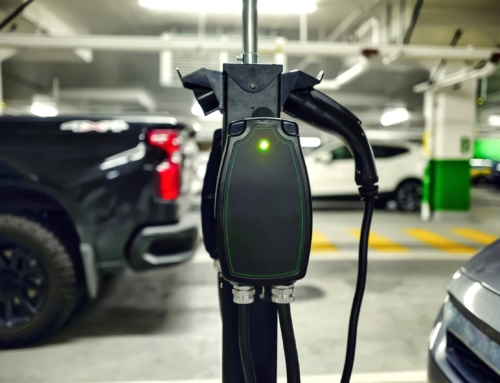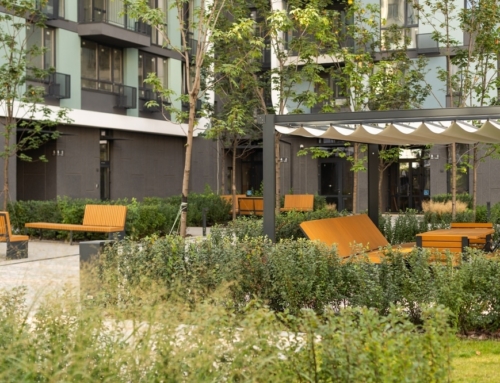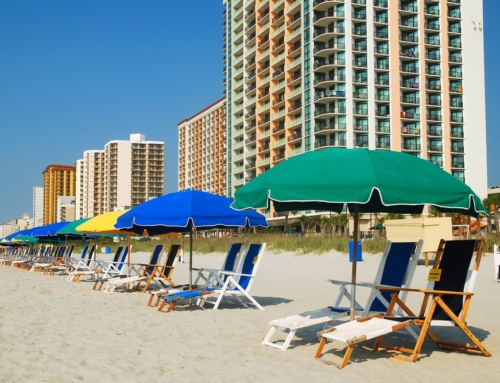How you view your home is often a matter of personality. For some, buying a home is a money-making opportunity. For others, it’s a place to set down roots, raise a family, and enjoy your life.
But do these two points of view have to be mutually exclusive? Not necessarily. It is possible to buy a home that will allow you to feel comfortable and will serve as a cornerstone to your financial portfolio.
Here are the key factors to think about:
- Choosing the right neighborhood. Neighborhoods are more important to how you’ll feel in your new home than most folks give them credit for. Some people think if you buy a fabulous home, even if it’s in a terrible neighborhood, you’ll still love living there.
Not exactly. Because you have to traverse through the neighborhood every day to get to and from your house, feeling uncomfortable in your neighborhood might make you feel like you’re a prisoner in your own home, instead of king of the castle.
When shopping for the right neighborhood, take the time to fully explore it. That means driving through many, if not all, of the streets, and taking note of how many lawns are mowed, how many homes are taken care of.
You should also get out of your car and spend some time in the local park, at the local library, and walking in the downtown area or main shopping stores of the neighborhood. Are you going to feel good about dropping in there for a gallon of milk on your way home from work? Do the services you need week in week out exist close by?
And let’s not forget about the school district. Before you say you don’t have kids and don’t plan on any, remember that study after study has shown that homes in good or excellent school districts appreciate faster than homes in mediocre or poor school districts. Even if you don’t have kids, the buyers who come after you might.
- Buying a house that will allow you to build in value. If you’re the kind of person who doesn’t mind a bit of renovation chaos and plaster dust, you might be able to find a house that desperately needs some tender loving care, and boost your returns in the process.
Many folks think that renovating a home means stripping it down to its guts and starting over from scratch. While that’s true for some homes, you should look for a home that needs cosmetic improvements rather than structural work.
In other words, try to find a house that needs a fresh coat of paint, its floors sanded, new carpeting, and perhaps some window treatments rather than walls moved, new windows and a new roof. Cosmetic improvements — and that can include a brand new or refaced kitchen — are infinitely cheaper, and less time consuming than attempting to fix major structural problems of a house. And, because paint and wallpaper are relatively cheap, you should be able to build value into your home above and beyond the cost of doing the work.
A final way to add even more value is to attempt to do some of the work yourself. Think about it this way, if you don’t like how you painted one room, for about $27, you can buy another gallon of top-quality house paint and start over again. A professional might charge you $250 to repaint the same room.
- Prepaying your mortgage. One of the easiest ways to build in huge savings is to prepay your mortgage. Prepaying means you pay down your loan faster than you’re scheduled to. Because of the value of compounding interest, every dollar you prepay could translate into a savings of $10 to $100 down the line. That’s a pretty good rate of return.
For example, if you take out a $100,000 loan at 8 percent interest, you’ll pay approximately $150,000 in interest over the life of a 30-year loan. Your monthly payments will be about $733. If you make just one additional payment per year of $733, or if you break up your payments into 26 weeks (every other week for a year), you’ll pay off your 30-year loan in just 16 years, and save yourself as much as $75,000 in interest.
So you pay an additional $12,000 over the course of 16 years, and save about $75,000 in interest. Sounds like a good deal.
You can achieve about the same level of return by taking out a 15-year loan. The monthly payments will be a little higher (about $950 per month), but you’ll get a lower interest rate (usually about a quarter point less) than the 30-year fixed rate loan. In other words, you’ll save even more money.
Choosing a great neighborhood, building in value, and prepaying your loan are three ways to make the home of your dreams pay off financially as well.
July 14, 1997.






Leave A Comment